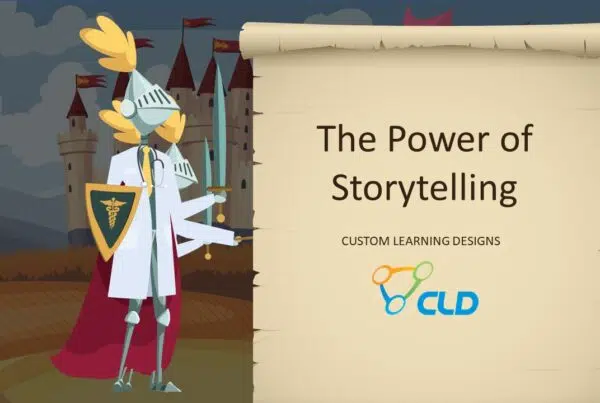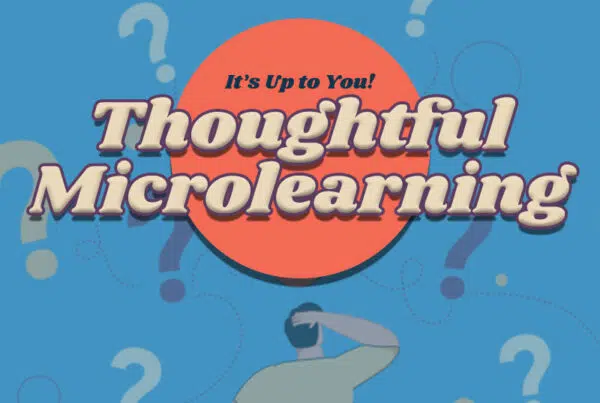
As I read through a training program, I will occasionally find myself asking, “why should I care about this” when I come upon an obscure fact that doesn’t seem related to the skills I need. When I ask a writer why the information has been included in the module, I often learn that a reviewer insisted that the fact be added.
This leads me to the role of the learning system. Any corporate training program exists to provide learners with the knowledge and skills required to perform their jobs. That means that all the content should drive towards that goal. However, once reviewers have had a chance to comment on the content, this goal has the real possibility of getting lost. Who among us has reviewed content and not wanted to add information that we think is the most important nugget of data that anyone would ever want to encounter? It’s not until someone reminds us of the goal of the piece or poses questions about the learners that brings this back into consideration.
If you’re the person responsible for circulating training materials for review, what can you do to ensure that your learners receive training that best prepares them to do their jobs by focusing your reviewers’ comments appropriately? Here are 5 tips to help you. When you circulate materials for review:
1. Include a brief overview of the piece that’s being circulated and how it fits into the training program.
For example, imagine you are circulating an online piece intended to expose the representative to the emotional impact a disease has on a patient and generate engagement with the topic the representatives will be learning. If a reviewer simply receives the piece with no explanation of its goal and no understanding that there are 5 other modules to come, each of which provides more factual knowledge, then the reviewer may try to load up the online piece with additional data that is intended to come in later modules. The result is that the piece loses the emotional impact it once had.
2. Provide the history of the project to put the project into context.
There are times when reviewers who initially requested certain information leave the team, and new reviewers take their place. Unless the new reviewers know that there have been numerous discussions regarding a certain topic that should be taken out, they may not know that by requesting that that same fact be put back in, they’ve reversed a decision that drove the development of the organization of the content.
3. Find opportunities to weave in information regarding learning retention.
No one likes to be lectured about cognitive studies and learning retention, but it doesn’t hurt to find ways to remind people that learners generally can only retain 7 ± 2 pieces of new information in short-term memory. Effective training moves that information into long-term memory. In your role as the advocate for learning, it’s important to know that when more information is added to an existing deliverable, it may actually decrease the chances that learners will retain that information. So one suggestion might be to think about additional shorter, supplementary deliverables that can provide the additional knowledge that a reviewer would like to add to an existing document. You could propose that as a solution so the reviewer hears that their suggestions have been addressed, while you’ve kept the amount of information a learner can retain in mind.
4. Provide guidance that helps direct the reviewers’ focus.
This guidance should be brief, focused, and respectful of the role reviewers play in adding value to the deliverable. For example, you could pose some questions in writing for reviewers to ask themselves as they’re reviewing the document, such as:
- Is the content accurate?
- Does the content focus on the most important information the learner needs to know (as opposed to what’s nice to know)?
- Does the content provide sales representatives with the background information that will help them be successful on the job?
5. Be prepared to pose the question, “WHY does the learner need to know the information?”
By asking the WHY question, you are getting to the heart of how the suggested revisions can address the ultimate goal of the learning system—to improve the performance of the sales representatives on the job.
Please share any tips you have for successfully incorporating comments from your medical, legal, and regulatory review teams.
Image Credit: http://www.ediscoverydaily.com/2011/02/managing-an-ediscovery-contract-review-team-training-a-review-team.html





